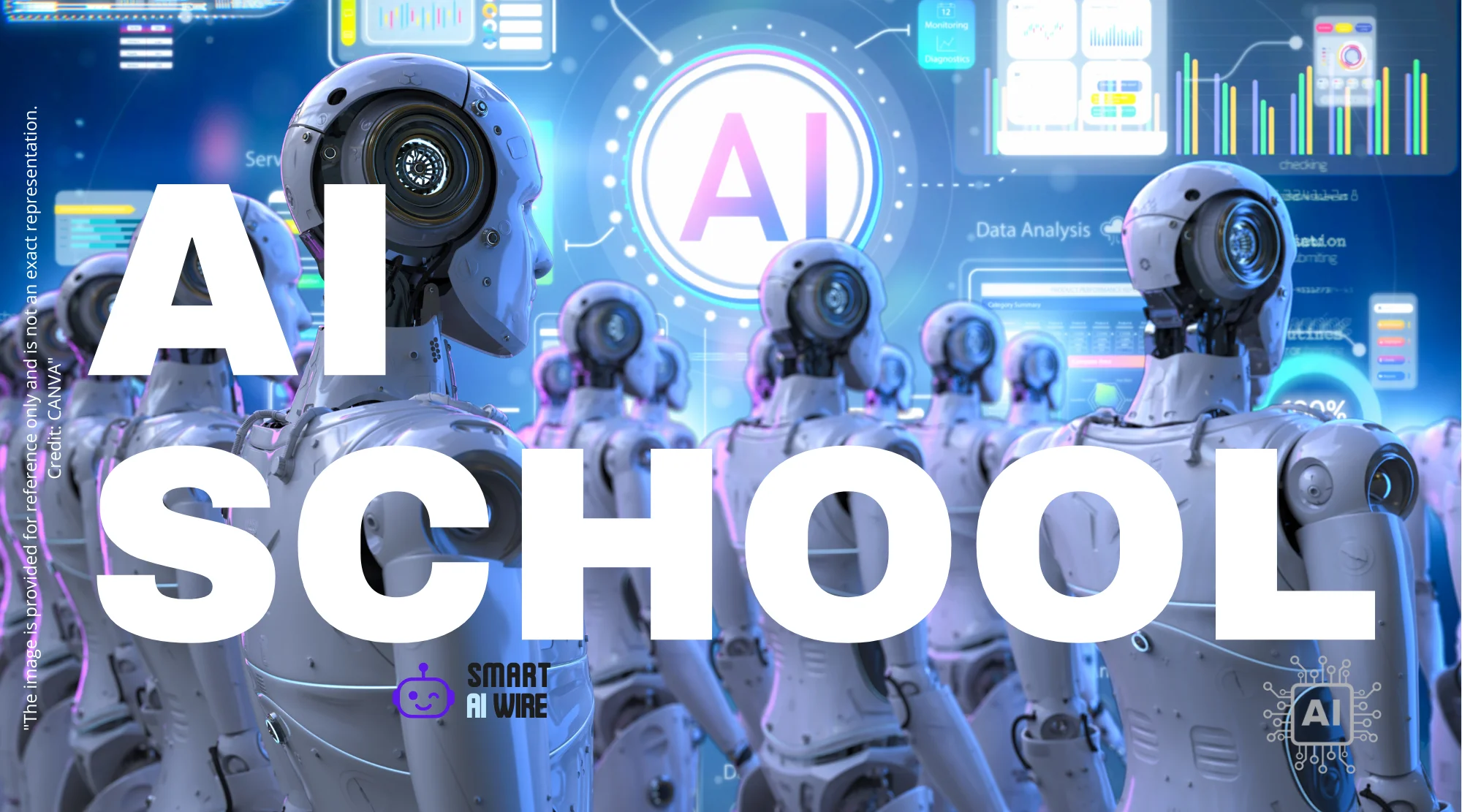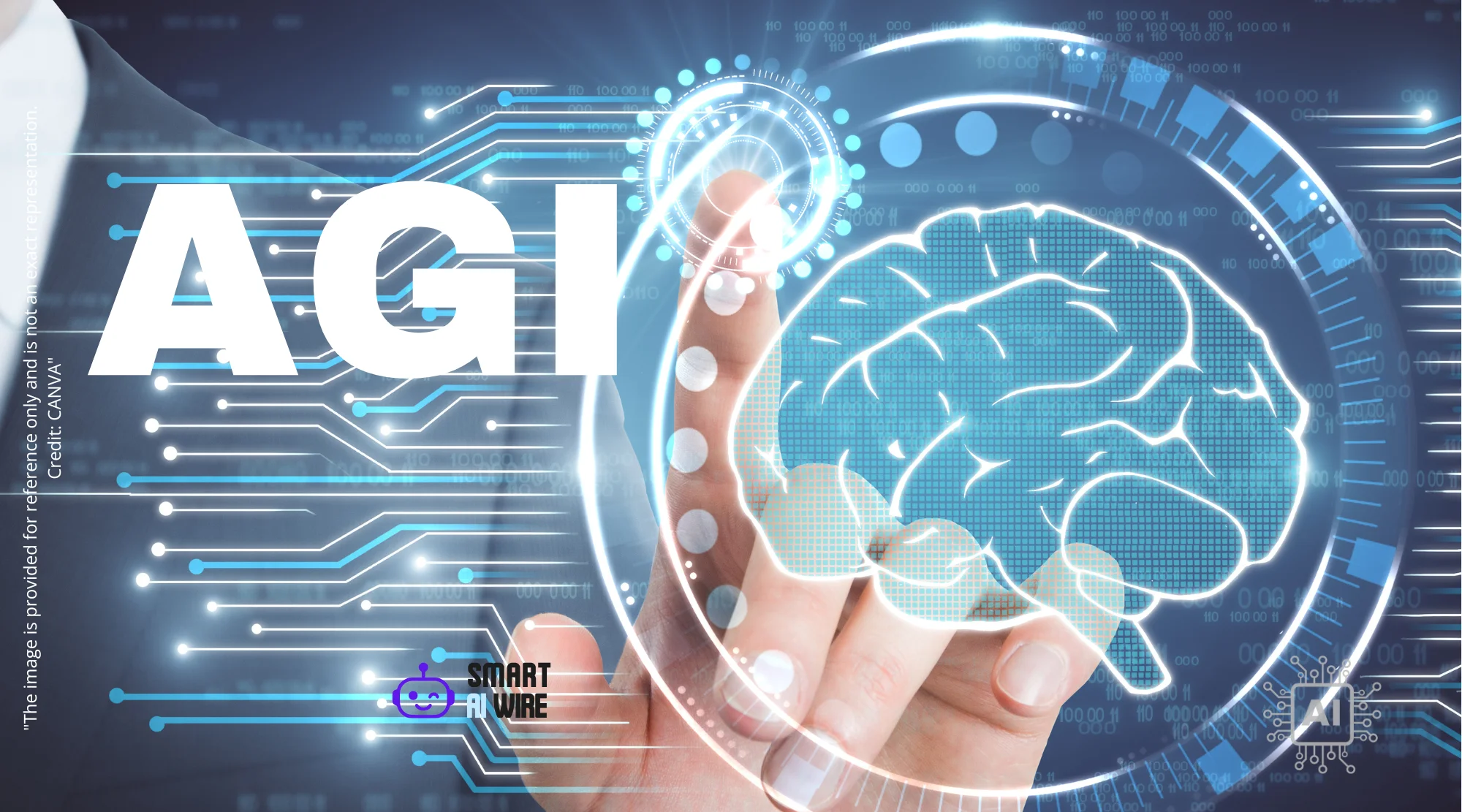AI is rapidly transforming industries, and cybersecurity is no exception. Businesses are increasingly turning to AI in cybersecurity to enhance threat detection, automate incident response, and proactively defend against evolving cyberattacks. What are the most innovative applications of AI in safeguarding digital assets? This article explores how AI is revolutionizing cybersecurity strategies and providing cutting-edge solutions to protect against sophisticated threats. From real-time threat intelligence to automated vulnerability management, discover the ways AI is bolstering defenses in the digital age.
The Evolution of AI-Powered Cybersecurity
Cybersecurity has always been a cat-and-mouse game. As attackers develop more sophisticated methods, defenders must innovate to stay ahead. Traditional security measures often struggle to keep pace with the sheer volume and complexity of modern cyber threats. This is where AI steps in, offering the ability to analyze vast datasets, identify patterns, and predict attacks with speed and accuracy that surpass human capabilities.
The early applications of AI in cybersecurity focused on basic tasks such as spam filtering and malware detection. However, recent advancements in machine learning and deep learning have enabled AI to tackle more complex challenges, including behavioral analysis, anomaly detection, and automated threat hunting.

AI for Enhanced Threat Detection
One of the most significant contributions of AI to cybersecurity is its ability to enhance threat detection. AI algorithms can analyze network traffic, system logs, and other data sources in real-time to identify suspicious activities that may indicate a cyberattack.
Unlike traditional rule-based systems, AI can detect anomalies and deviations from normal behavior, even if they don’t match known attack signatures. This is particularly valuable for identifying zero-day exploits and other novel threats.
AI-powered threat detection systems can also prioritize alerts, allowing security teams to focus on the most critical incidents. By reducing the noise and improving the accuracy of alerts, AI helps security professionals respond more quickly and effectively to potential threats. This also allows cybersecurity professionals to focus on more strategic tasks. Internal Link: Shadow Leak: How Hackers Used AI to Steal Data from Gmail (and How to Protect Yourself)
Automating Incident Response with AI
Incident response is a critical component of any cybersecurity strategy. When a security incident occurs, rapid and effective response is essential to minimize damage and prevent further attacks. AI can automate many of the tasks involved in incident response, such as isolating infected systems, blocking malicious traffic, and restoring data from backups.
AI-powered incident response systems can also learn from past incidents, continuously improving their ability to respond to future attacks. By automating routine tasks and providing intelligent decision support, AI frees up security professionals to focus on more complex and strategic aspects of incident response.
For example, AI can analyze the root cause of an incident, identify the affected systems and data, and recommend remediation steps. It can also automatically deploy security patches and updates to prevent similar incidents from occurring in the future.
Proactive Vulnerability Management Using AI
Vulnerability management is the process of identifying, assessing, and mitigating vulnerabilities in software, hardware, and networks. Traditional vulnerability management approaches often rely on manual scans and assessments, which can be time-consuming and prone to errors.
AI can automate and improve vulnerability management by continuously scanning systems for known vulnerabilities and prioritizing them based on their potential impact. AI algorithms can also predict future vulnerabilities by analyzing code patterns, security advisories, and other data sources.
By proactively identifying and addressing vulnerabilities, organizations can reduce their attack surface and prevent attackers from exploiting known weaknesses. This proactive approach is essential for maintaining a strong security posture in today’s rapidly evolving threat landscape.
AI-Driven Security Information and Event Management (SIEM)
Security Information and Event Management (SIEM) systems collect and analyze security logs from various sources to provide a comprehensive view of an organization’s security posture. Traditional SIEM systems often generate a large number of false positives, overwhelming security teams with alerts that require manual investigation.
AI can enhance SIEM systems by filtering out false positives, prioritizing alerts, and providing insights into the underlying causes of security incidents. AI-powered SIEM systems can also correlate events from different sources to identify complex attacks that might otherwise go unnoticed.
By improving the accuracy and efficiency of SIEM systems, AI helps security teams focus on the most critical threats and respond more effectively to security incidents. This leads to better resource allocation and improved overall security outcomes.
AI in Cybersecurity: Protecting Cloud Environments
The increasing adoption of cloud computing has created new cybersecurity challenges. Cloud environments are often complex and dynamic, making it difficult to monitor and secure them effectively. AI can play a crucial role in protecting cloud environments by providing automated threat detection, vulnerability management, and compliance monitoring.
AI-powered cloud security solutions can analyze cloud infrastructure, applications, and data to identify security risks and enforce security policies. They can also detect and respond to threats in real-time, preventing attackers from gaining access to sensitive data and systems.
Furthermore, AI can help organizations comply with cloud security regulations and standards by automatically monitoring cloud environments for compliance violations and generating reports. This ensures that organizations maintain a strong security posture in the cloud. External Link: NIST Cybersecurity Framework
The Future of AI and Cybersecurity
The future of AI in cybersecurity is promising, with ongoing research and development focused on new and innovative applications. As AI technology continues to evolve, it is likely to play an even greater role in protecting organizations from cyber threats.
Some of the key trends shaping the future of AI in cybersecurity include:
- Adversarial AI: This involves using AI to test and improve the resilience of AI systems against attacks. Adversarial AI can help organizations identify weaknesses in their AI models and develop strategies to mitigate them.
- Explainable AI (XAI): XAI aims to make AI models more transparent and understandable. This is particularly important in cybersecurity, where it is essential to understand why an AI system made a particular decision.
- Quantum-Resistant AI: As quantum computing technology advances, it poses a potential threat to existing encryption algorithms. Quantum-resistant AI aims to develop AI algorithms that are resistant to attacks from quantum computers.
By embracing these emerging trends, organizations can leverage the full potential of AI to enhance their cybersecurity defenses and stay ahead of the evolving threat landscape. Internal Link: Generative AI vs. Neural Networks: Key Differences & Future Impact
In conclusion, the integration of AI into cybersecurity represents a paradigm shift in how organizations approach threat detection, incident response, and vulnerability management. By leveraging the power of AI, businesses can significantly enhance their security posture, automate critical tasks, and proactively defend against sophisticated cyberattacks. As AI technology continues to advance, it will undoubtedly play an increasingly vital role in safeguarding digital assets and ensuring a secure digital future. Embracing AI in cybersecurity is no longer a luxury but a necessity for organizations seeking to protect themselves in an increasingly complex and dangerous threat landscape.




One thought on “AI in Cybersecurity: Novel Ways AI is Protecting Your Business”